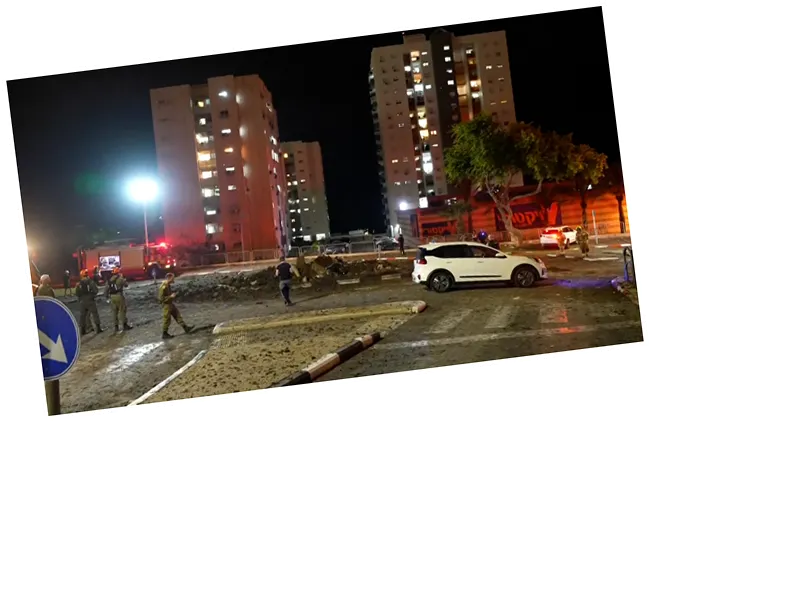Hezbollah's Escalation and Israeli Response
Military expert Major General Fayez Al-Duwairi has reported a significant escalation in Hezbollah's operations against Israel, characterizing it as a controlled qualitative escalation. This uptick in military activity has led to over a million Israelis seeking shelter daily due to the heightened threat level. Al-Duwairi noted that the Israeli Defense Forces (IDF) have achieved a limited breakthrough in the southern confrontation axis, particularly in the area of Shehin-Tair Harfa, which is crucial for controlling the coastal strip.
Tactical Developments on the Ground
Al-Duwairi explained that the IDF has consolidated its forces, merging multiple units into two armored divisions and one commando unit to launch coordinated attacks from three different directions. The operation commenced with an assault from the central axis, but as progress stalled, additional forces were deployed from the flanks, focusing on the Maroun al-Ras - Bint Jbeil region. This strategic maneuvering aims to counter Hezbollah's increasing missile strikes, which have targeted significant locations including the Israeli Ministry of Defense in Tel Aviv and military bases in Haifa.
Implications for Regional Security
The ongoing conflict has seen Hezbollah intensifying its strikes within Israeli territory, successfully targeting military installations and thwarting Israeli attempts to advance into Lebanese territory. Al-Duwairi emphasized that controlling the Shehin-Tair Harfa area, although not a primary front, is vital for the IDF's operational strategy to secure the coastal region and prepare for future offensives. The situation remains tense as both sides continue to engage in military confrontations, raising concerns about the broader implications for regional stability.





